Kumamoto Prefecture
Where is Kumamoto?
Kumamoto Prefecture is located on the island of Kyushu in southwestern Japan.
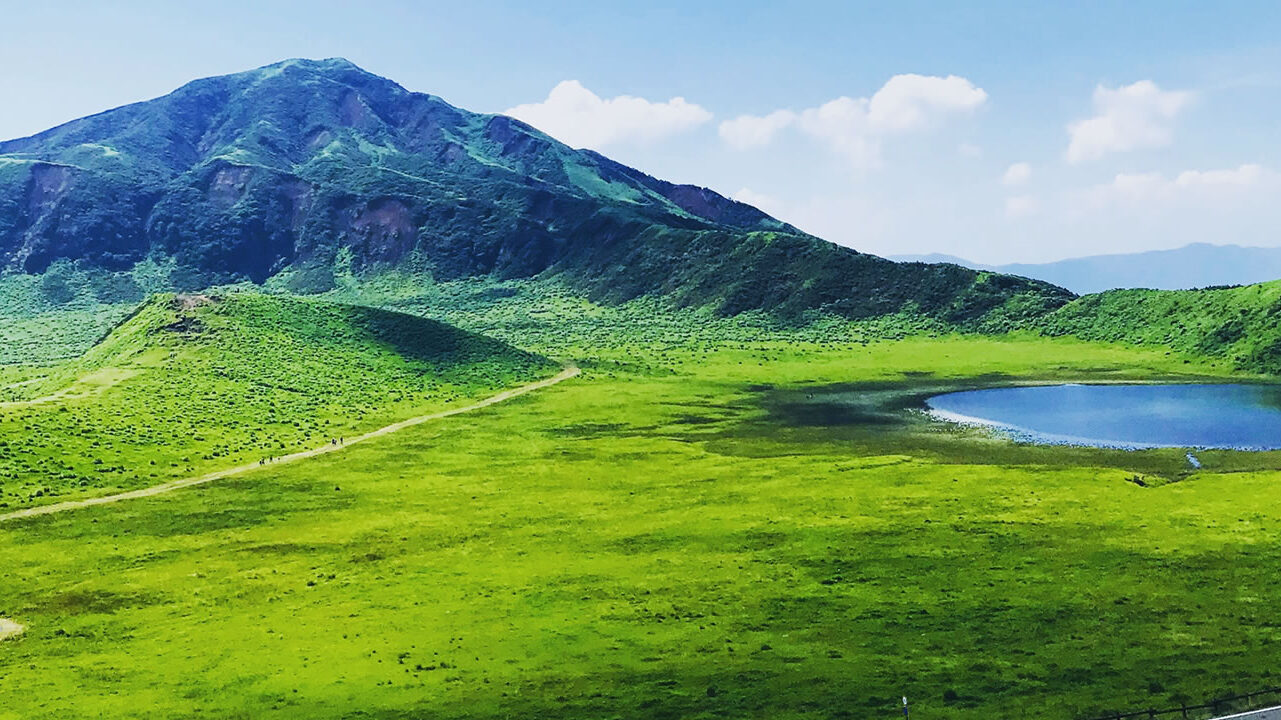
It faces the East China Sea to the west and borders Fukuoka, Oita, Miyazaki, and Kagoshima Prefectures.
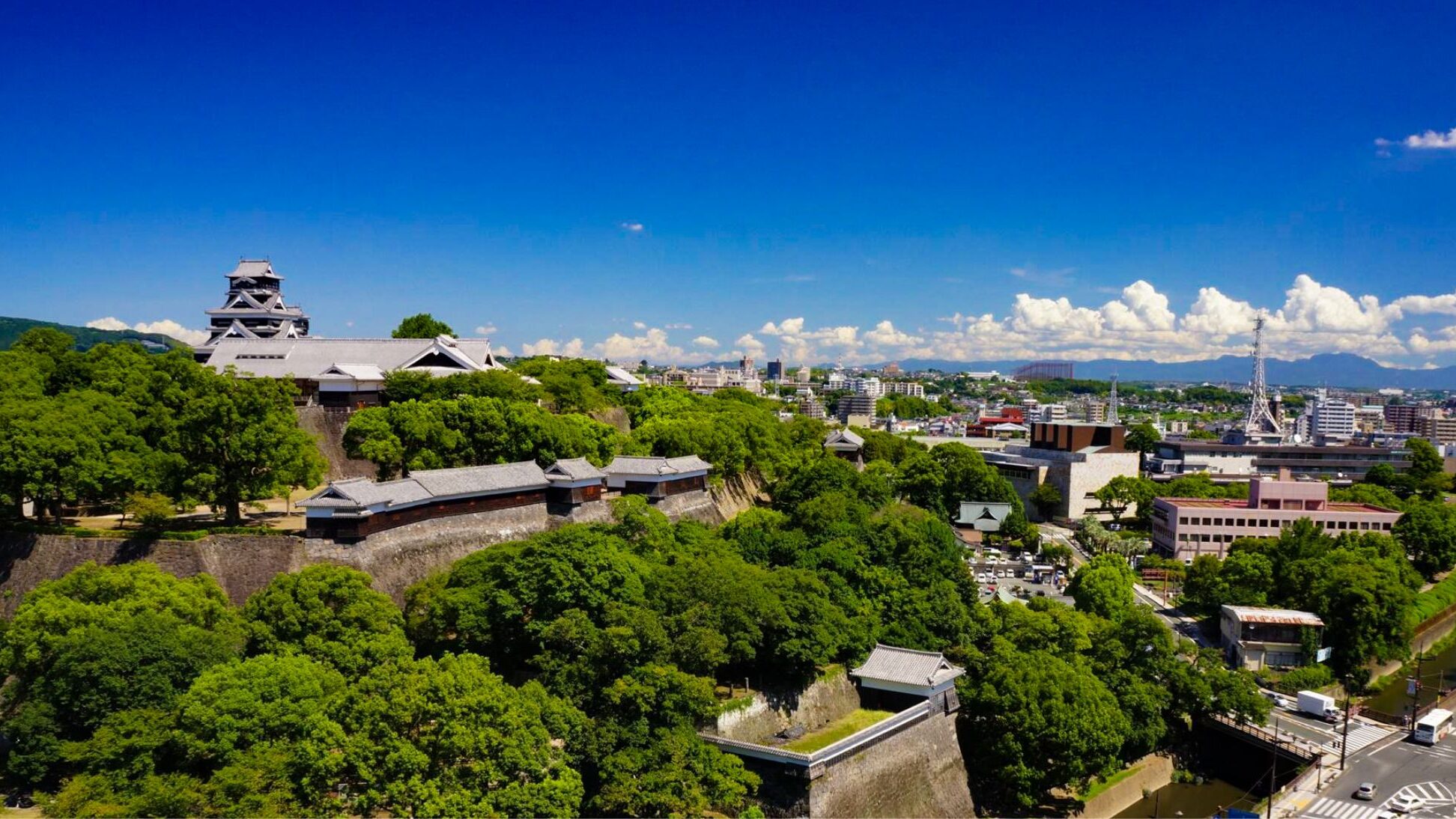
The prefectural capital, also named Kumamoto, is a significant city offering various accommodations and attractions for travelers.
What is Kumamoto known for?
Kumamoto Prefecture was originally known as Higo Province and it was unified under the powerful Hosokawa clan during the Sengoku period.
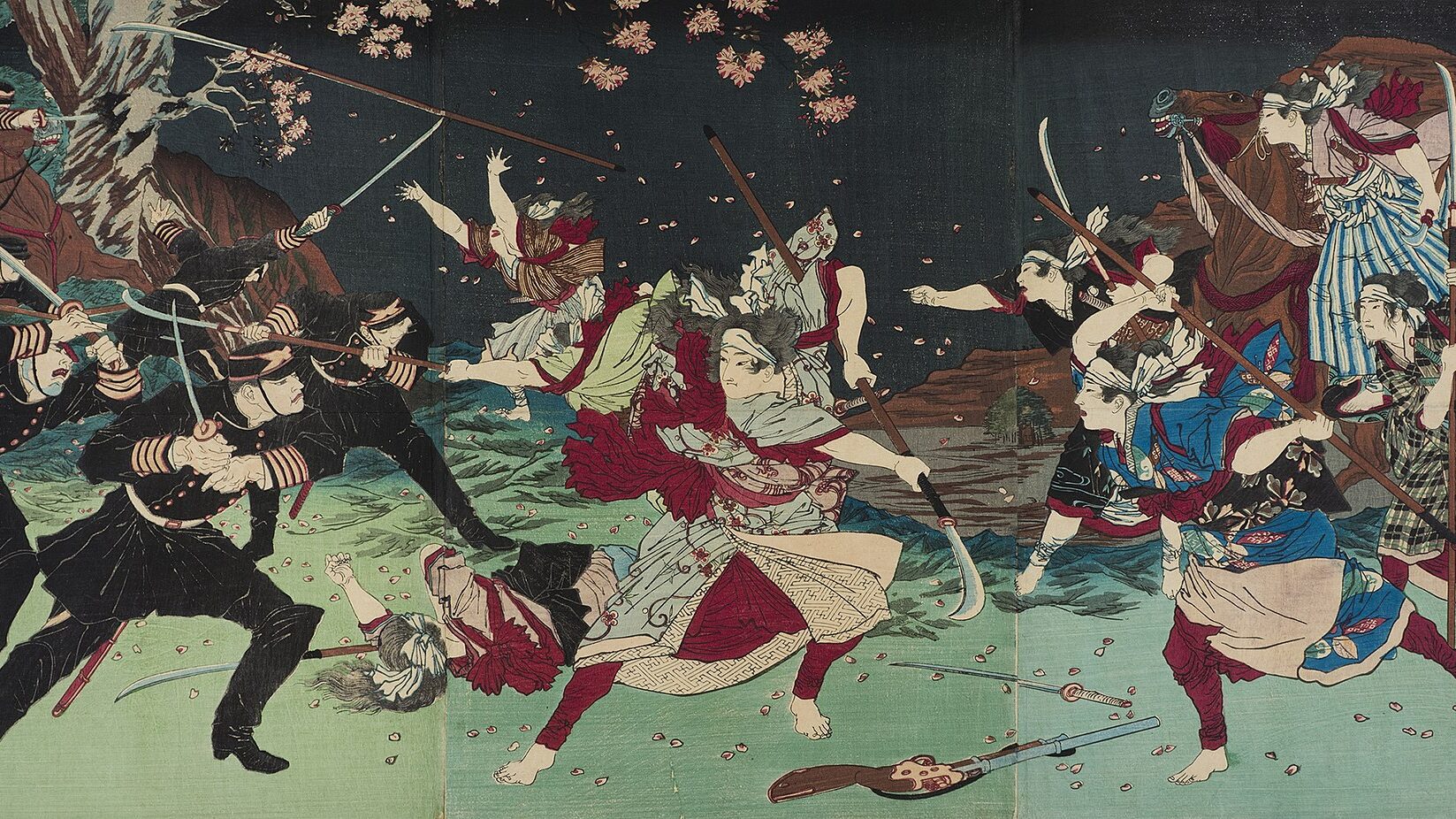
Kumamoto Castle, constructed in the early 17th century by Kato Kiyomasa, became a symbol of the region and withstood a famous siege in 1877 during the Satsuma Rebellion.
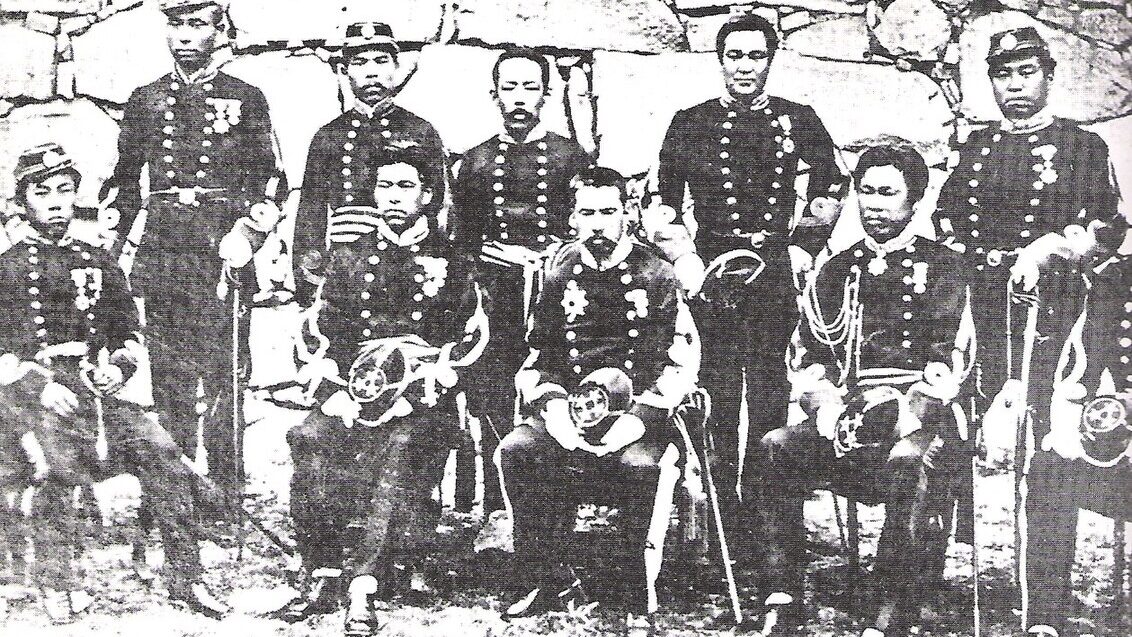
Kumamoto is famous for its natural beauty, including Mount Aso, one of the world’s largest active volcanoes, and the surrounding Aso-Kuju National Park.
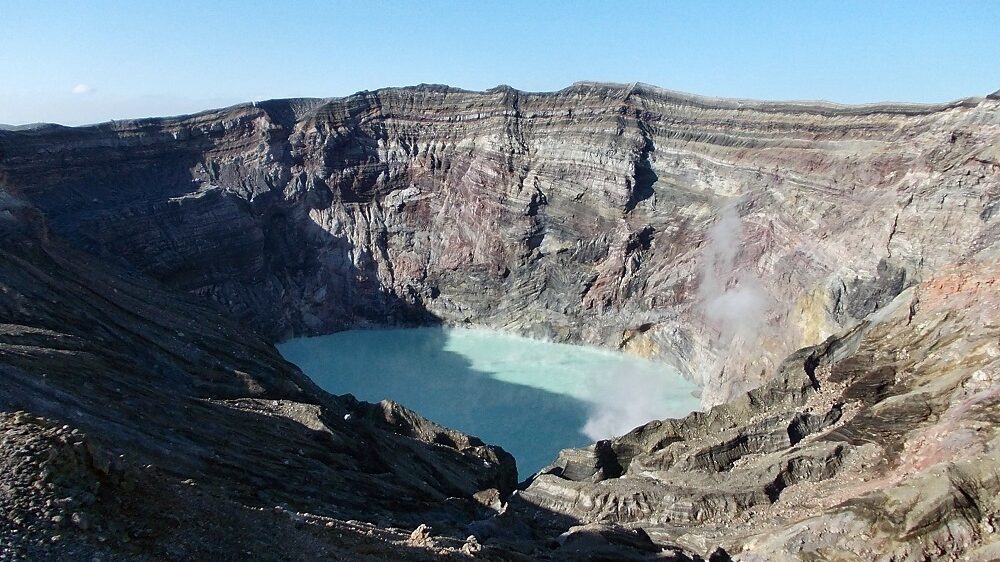
The prefecture is also home to excellent onsen (hot springs), like those found in Kurokawa Onsen.
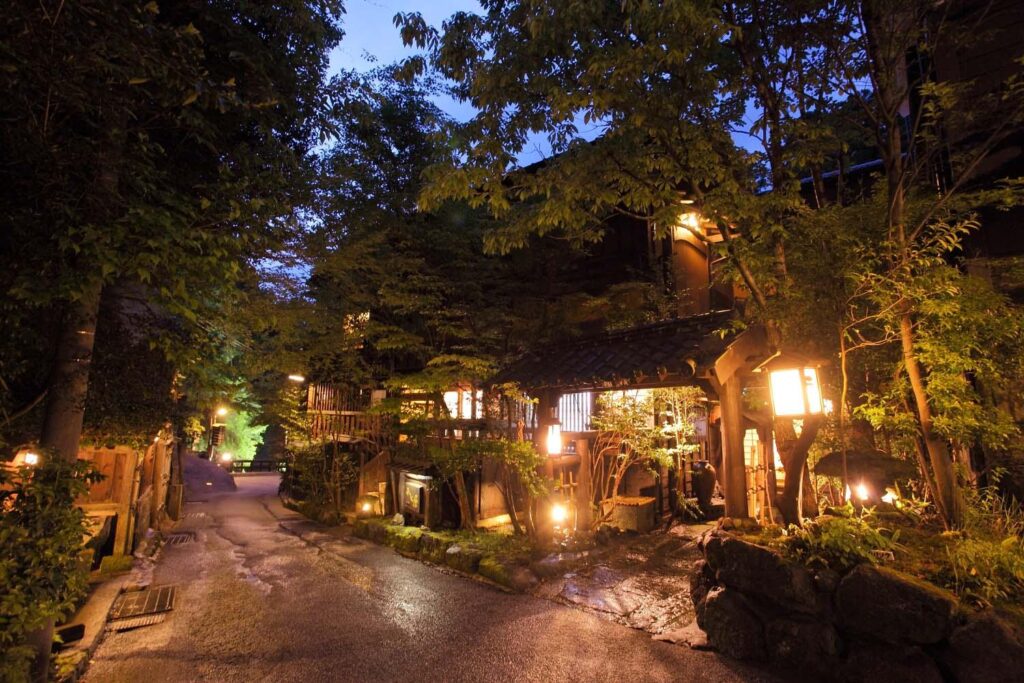
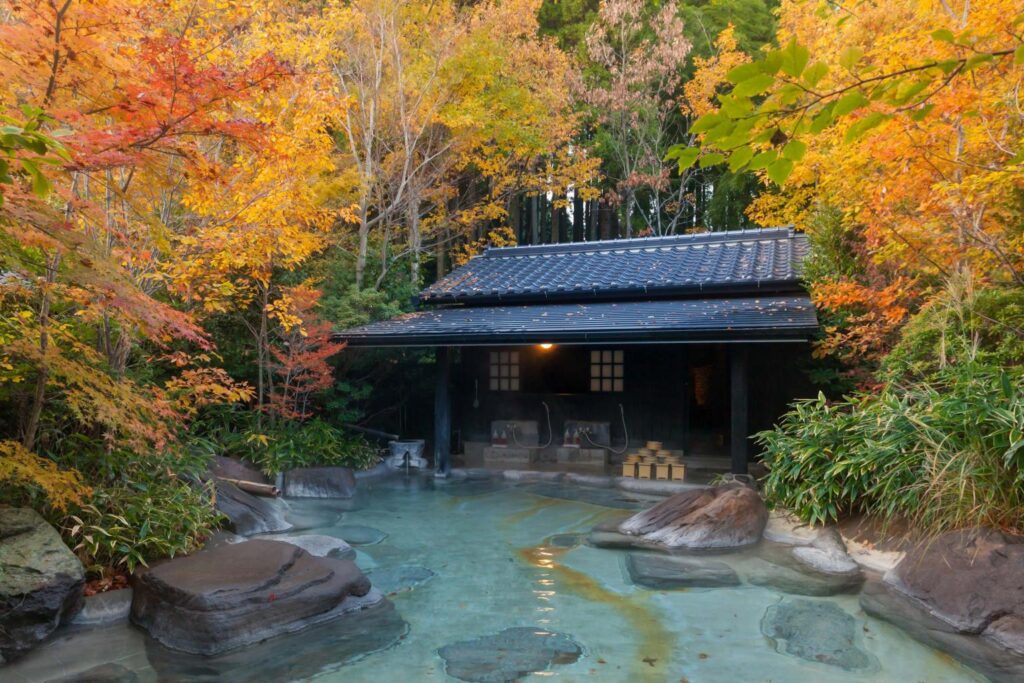


Kumamoto Prefecture is known for its high-quality agricultural products, particularly watermelon, strawberries, and tomatoes.
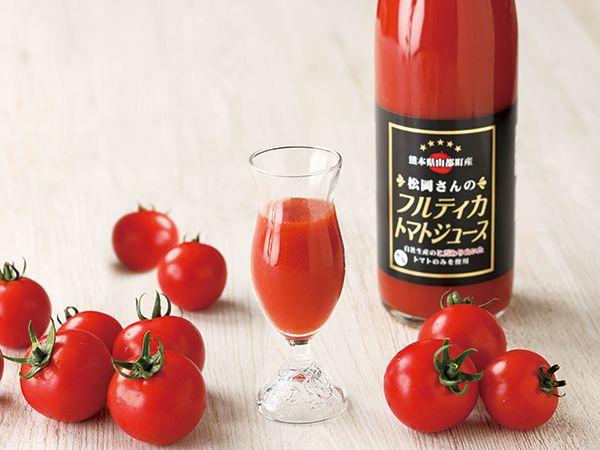
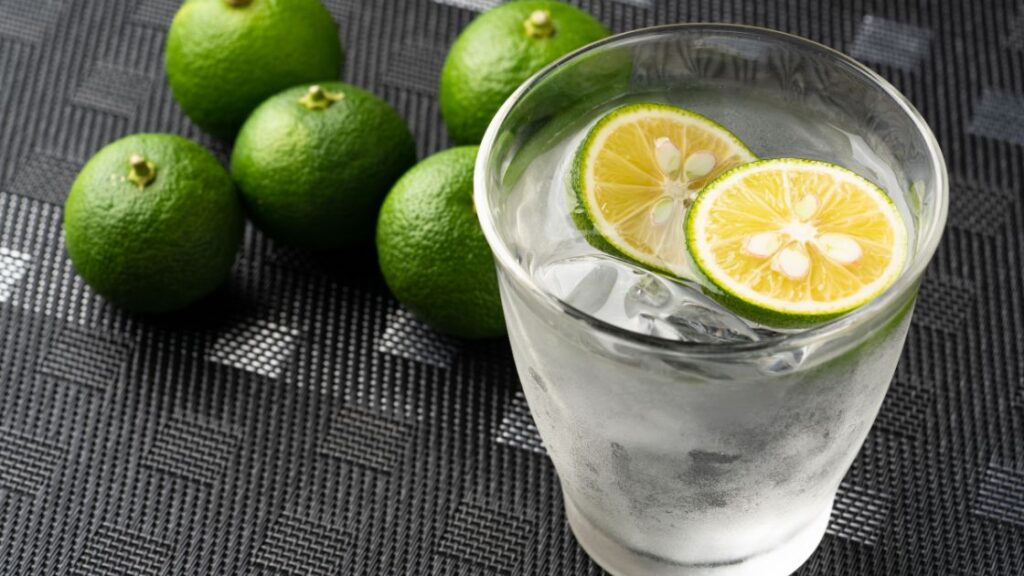

The area also produces quality rice and its own distinct shochu liquor.

Kumamoto’s mascot, Kumamon, a cheerful black bear, has gained international recognition and is used to promote tourism in the region.
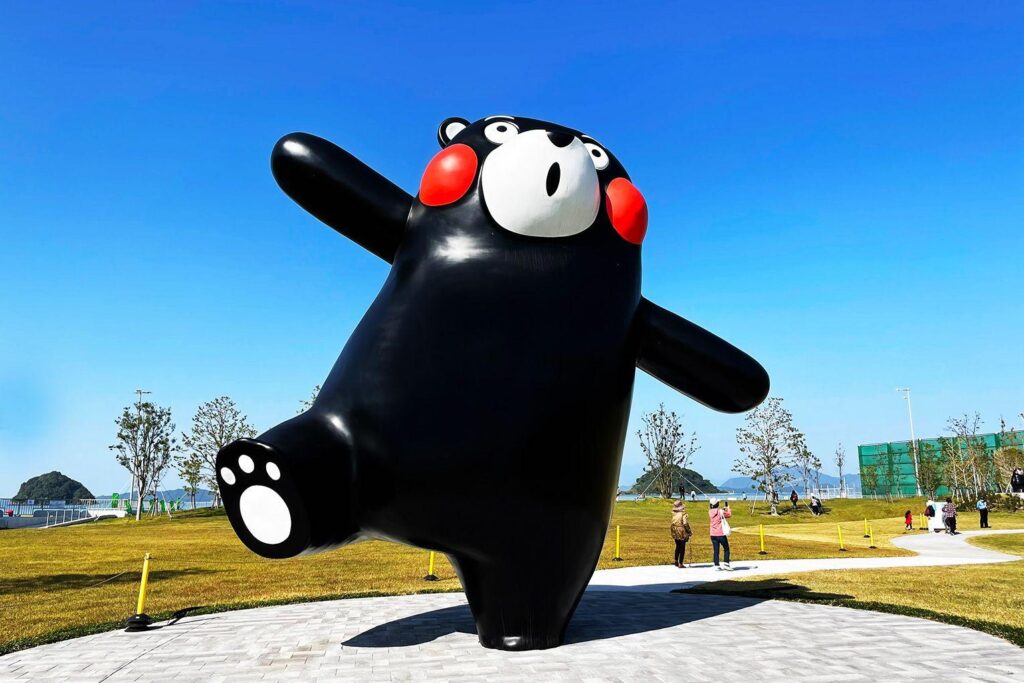
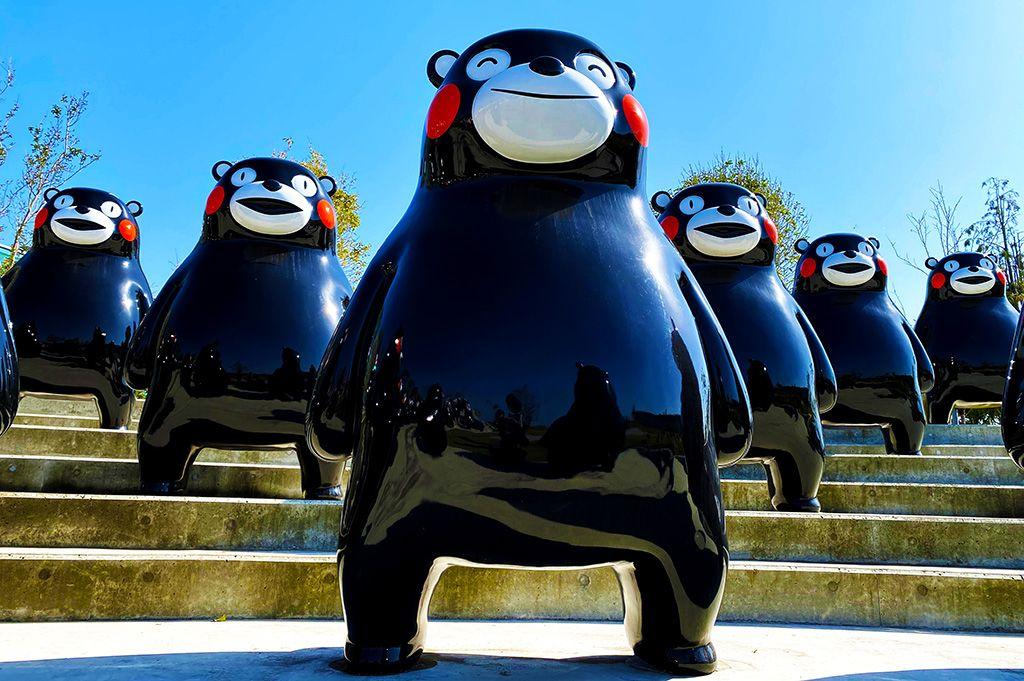


Where should I visit in Kumamoto?
Aso-Kuju National Park encompasses Mount Aso and the Kuju mountain range, offering diverse landscapes including grasslands, forests, and volcanic peaks.
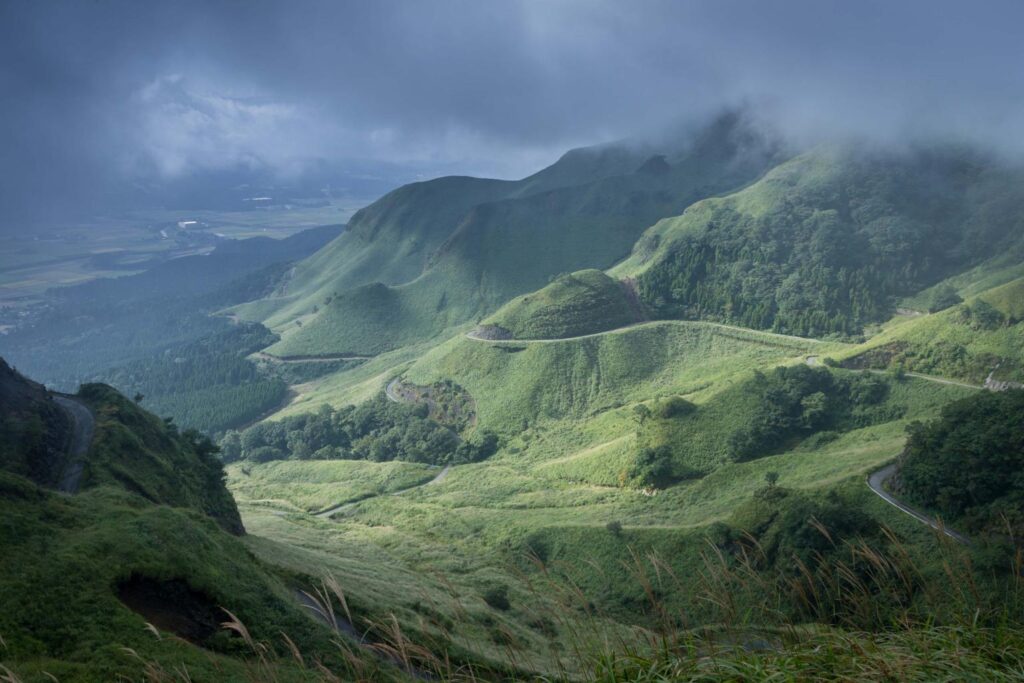
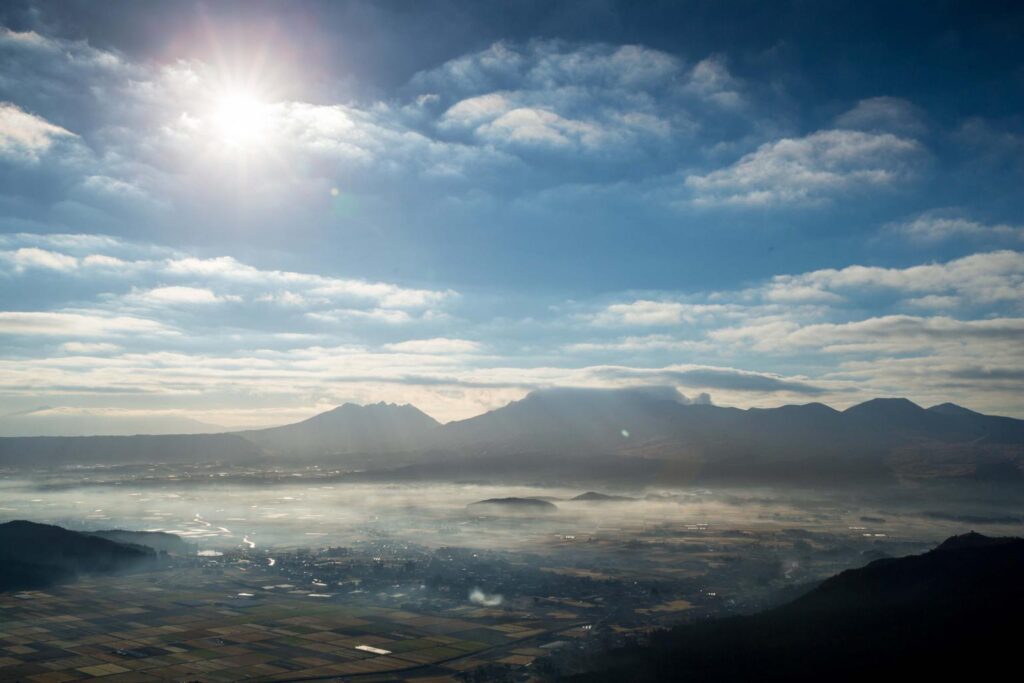


Mount Aso is one of the world’s largest active volcanoes with a caldera and five central volcano cones. Hiking, scenic drives, and hot springs are popular activities in the area surrounding it.
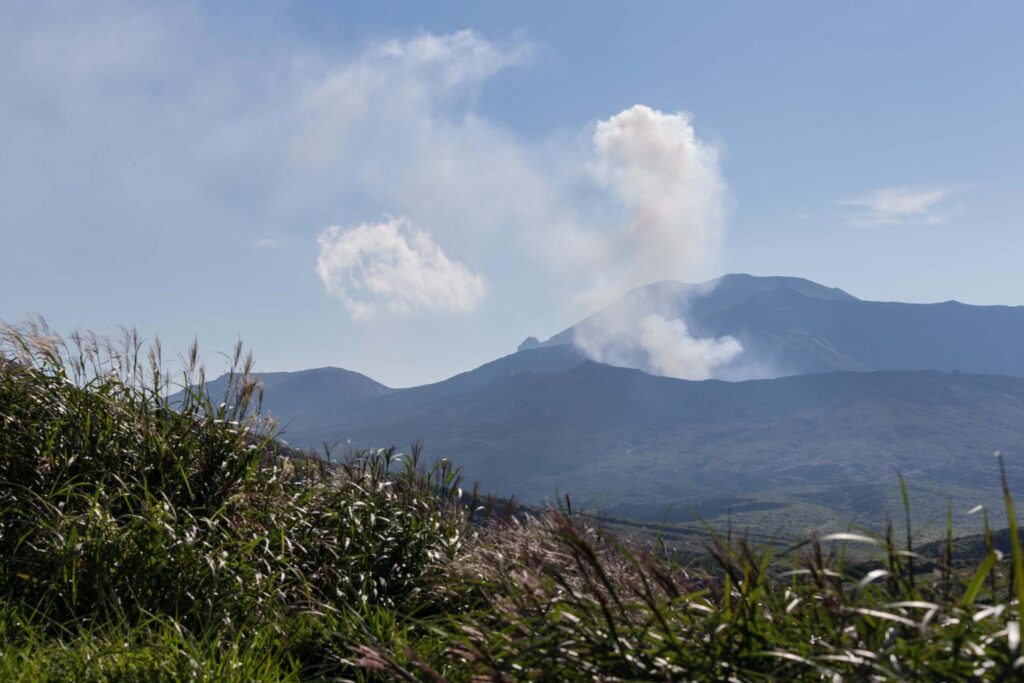
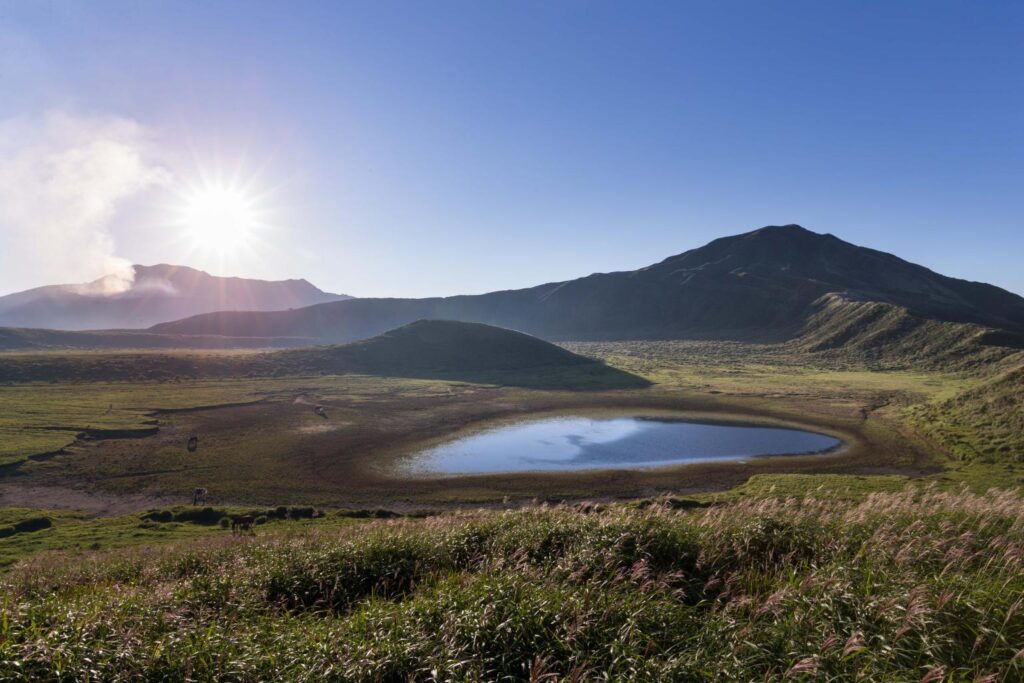


The Kikuchi Valley is known for its clear streams, waterfalls, and lush greenery. It attracts visitors interested in hiking and enjoying the natural scenery.
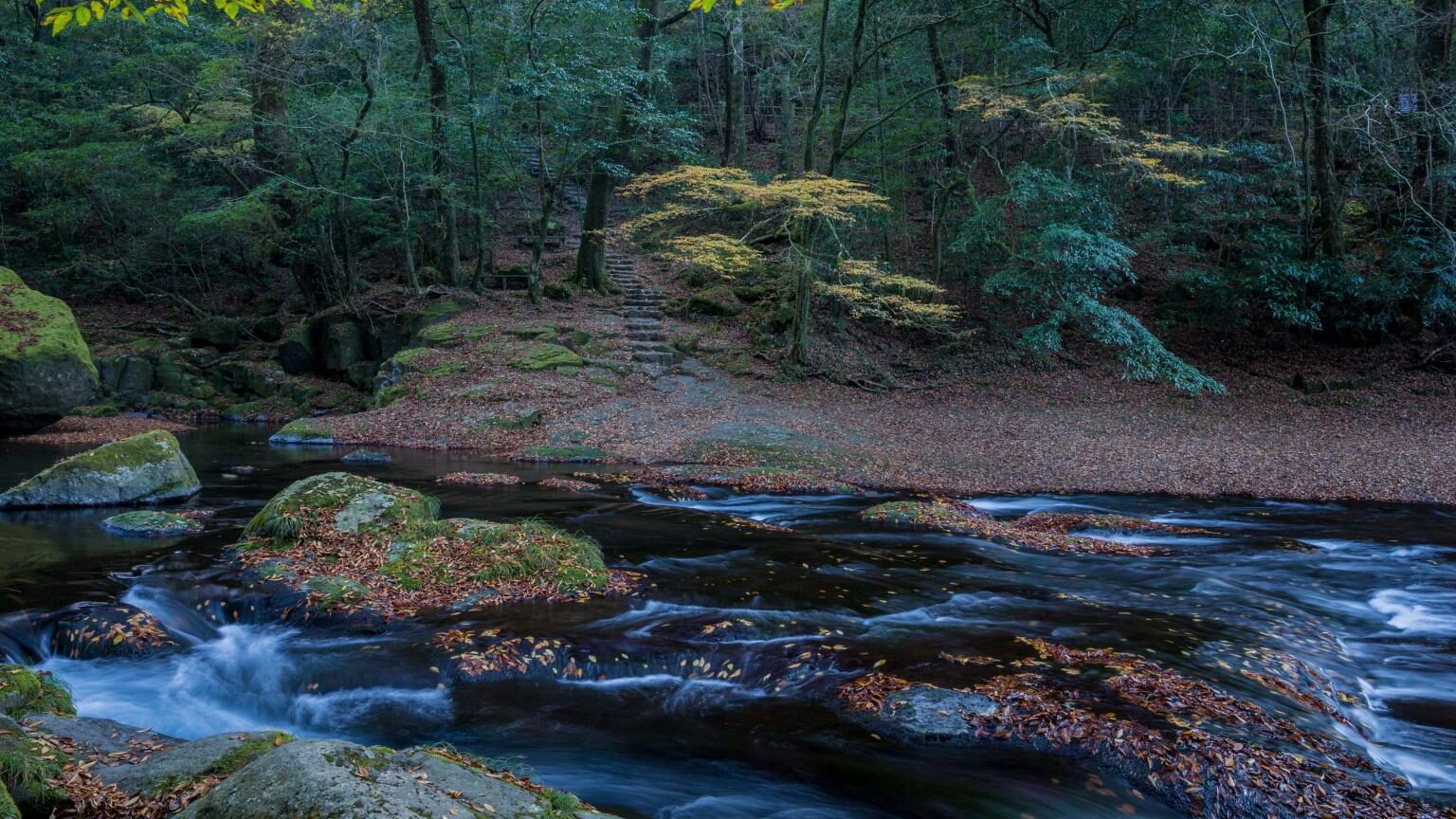
Nabegataki Falls is a unique waterfall where you can walk behind the cascading water.
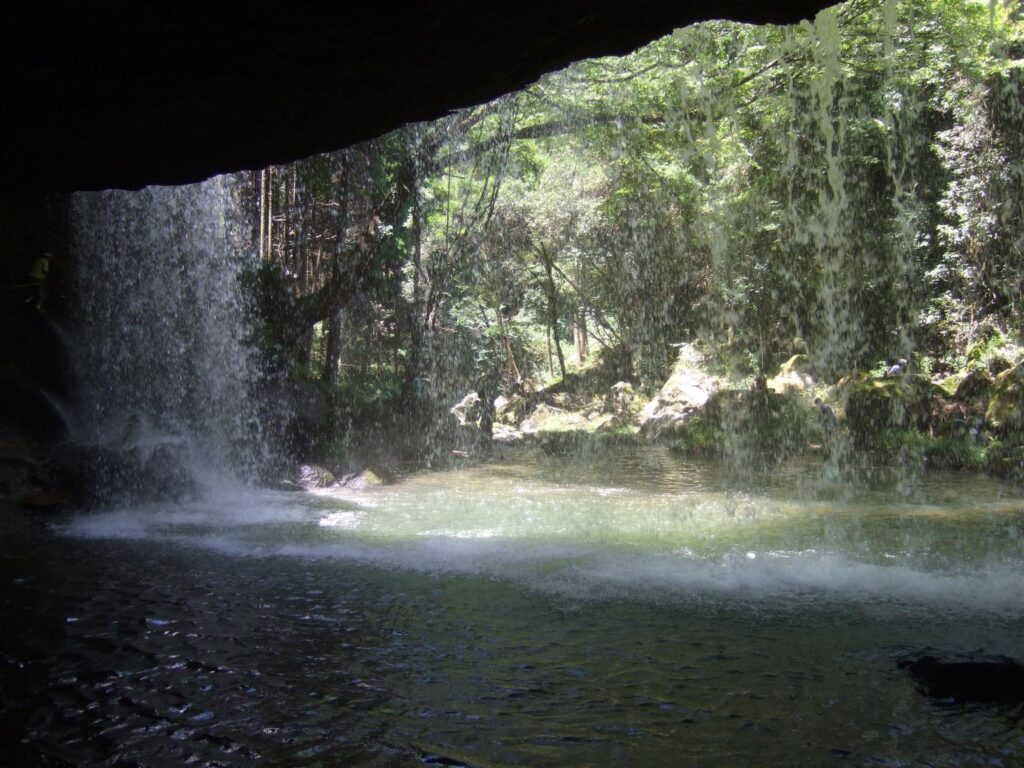
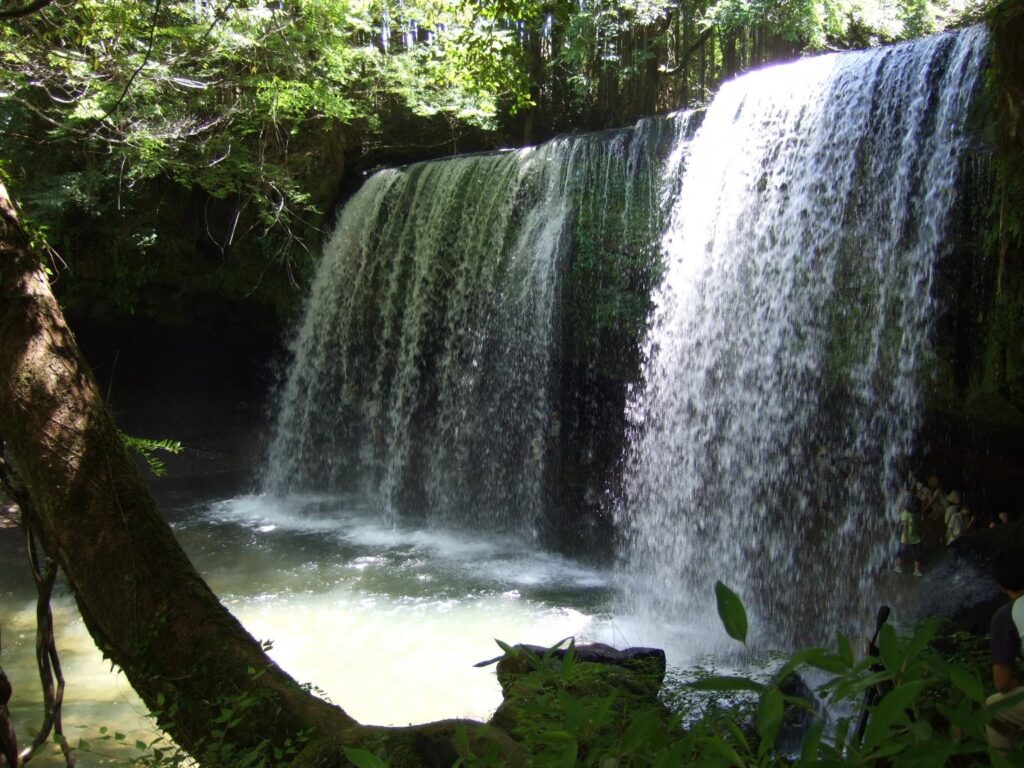


Kumamoto Castle is a historically significant castle rebuilt after heavy earthquake damage which features impressive stone walls and a museum.
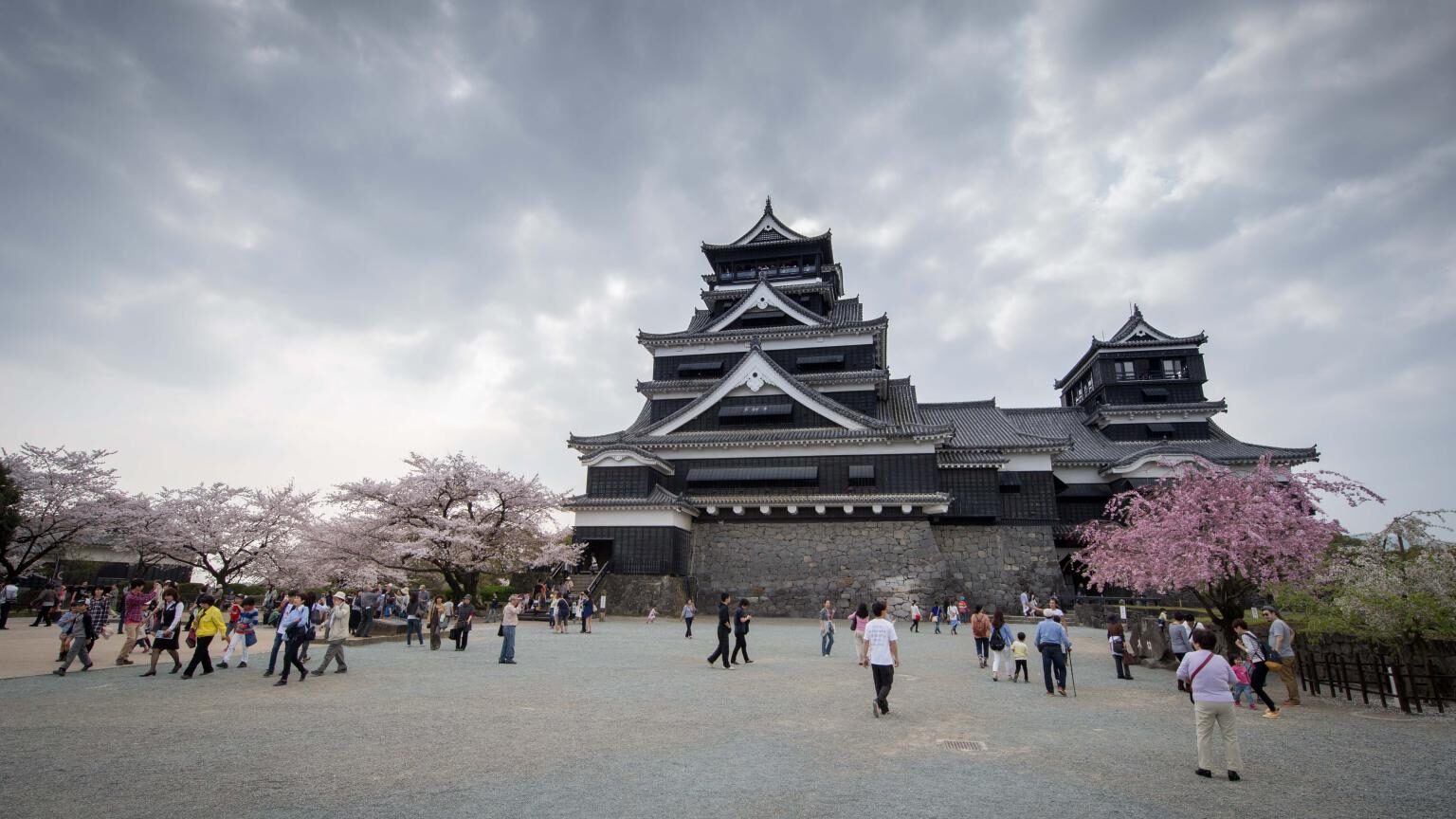
Suizenji Jojuen Garden is a traditional Japanese garden designed as a miniature version of the 53 Stations of the Tokaido Road (the towns on the main historic trade route between Tokyo and Kyoto).
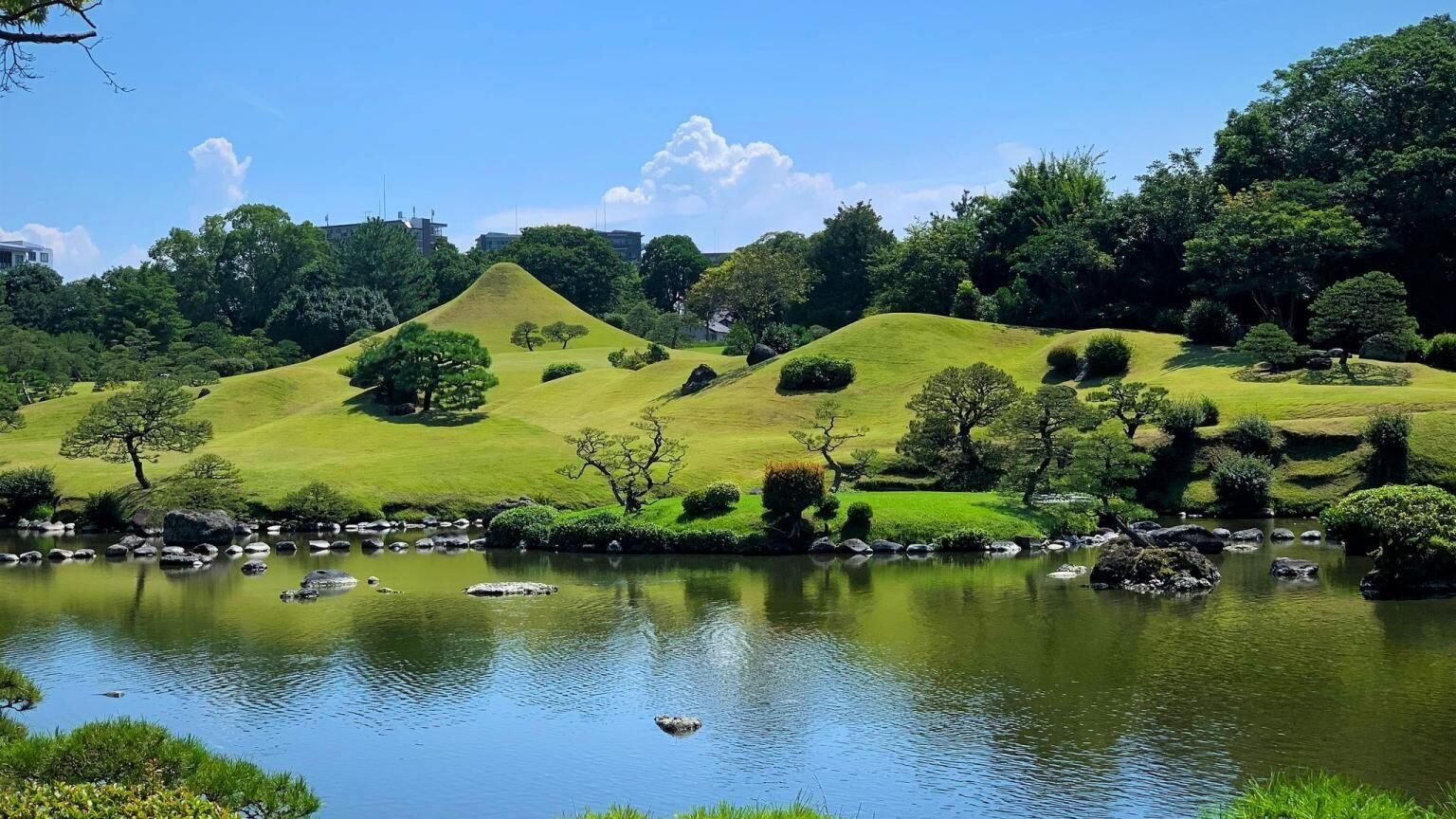
Reigando Cave is a cave where the renowned swordsman Miyamoto Musashi is said to have written “The Book of Five Rings.”
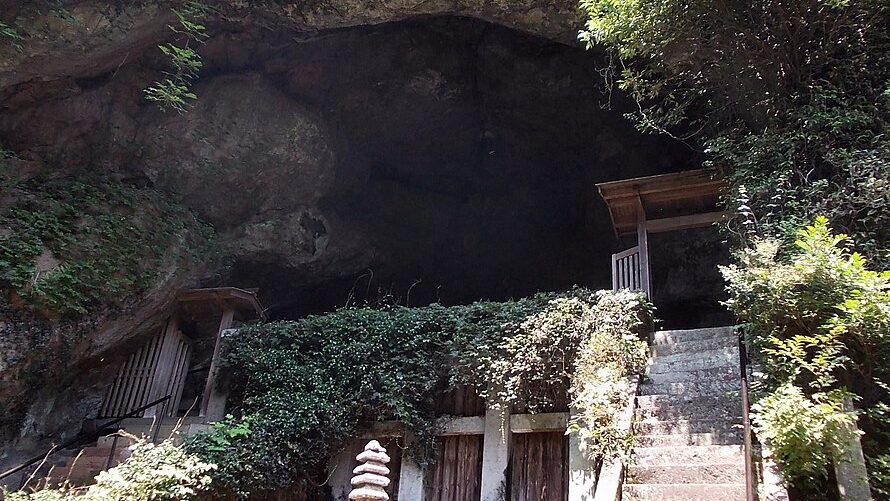
Kumamon is Kumamoto’s popular bear mascot. Many local shops sell Kumamon-themed merchandise exclusive to the area.
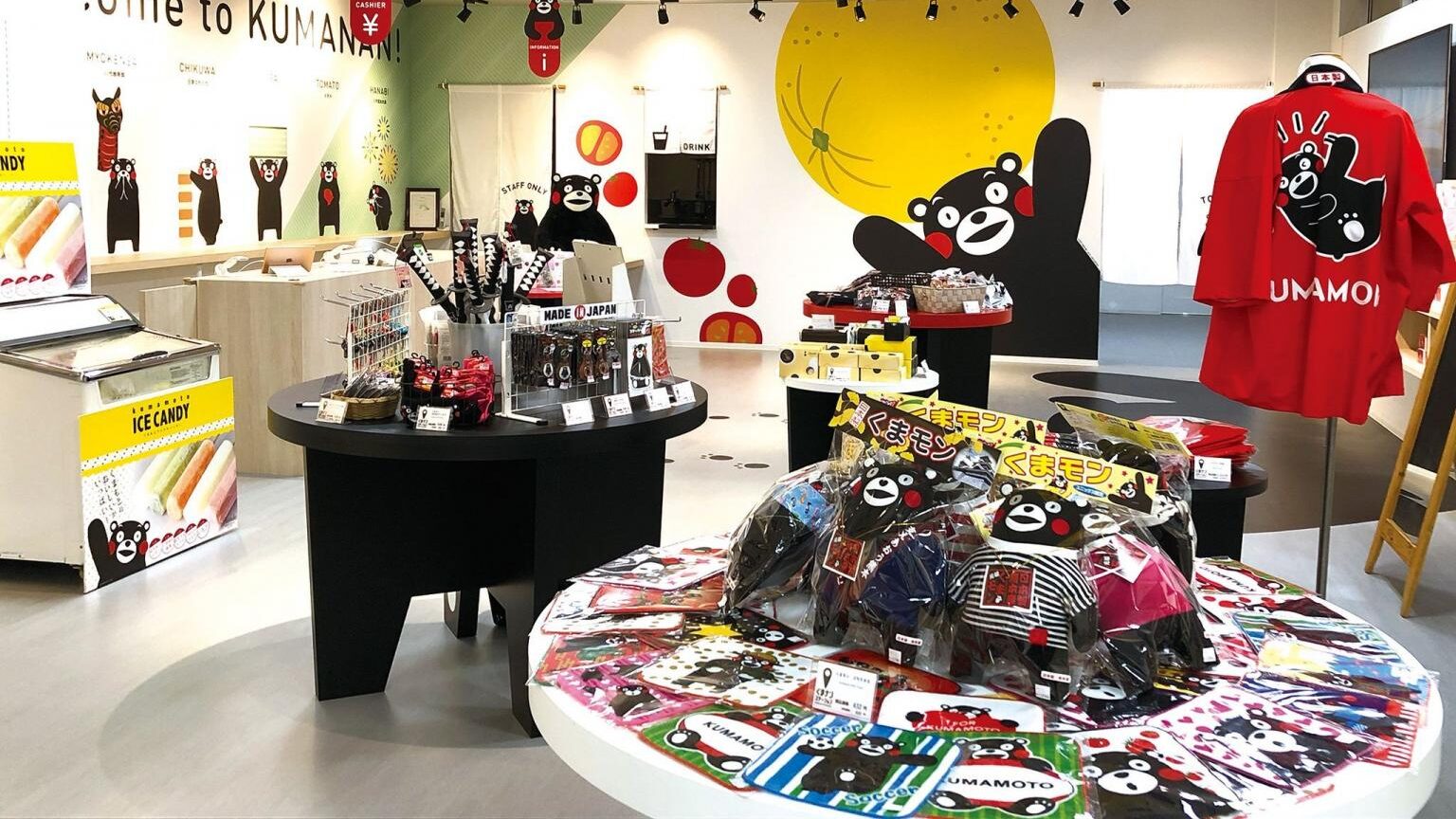
Kumamoto ramen is a type of tonkotsu (pork bone broth) ramen known for a creamy broth and its mild pork and rich garlic flavors.
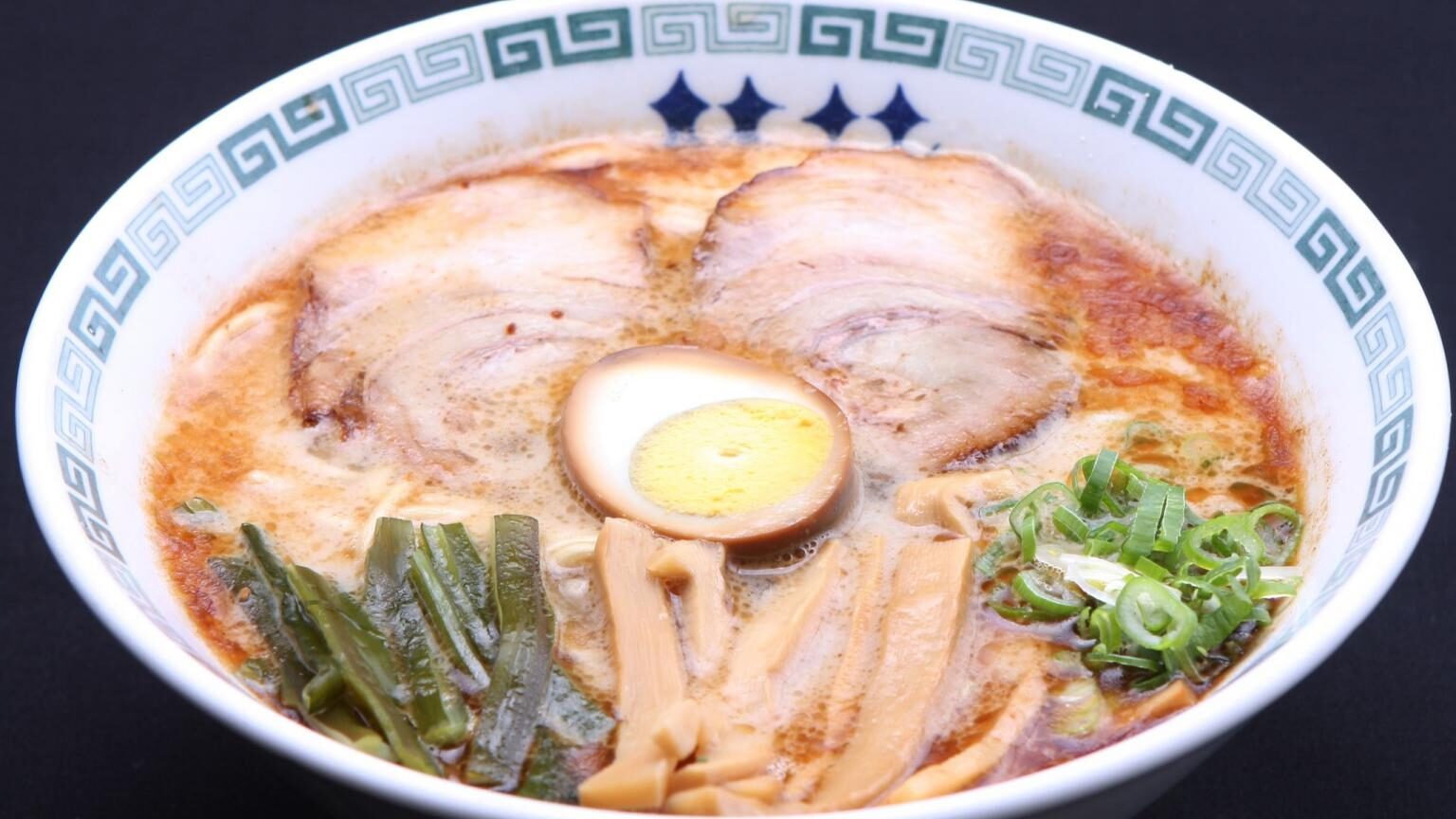
Several onsen resorts throughout the prefecture offer relaxing and therapeutic bathing experiences. Kurokawa Onsen is particularly famous.
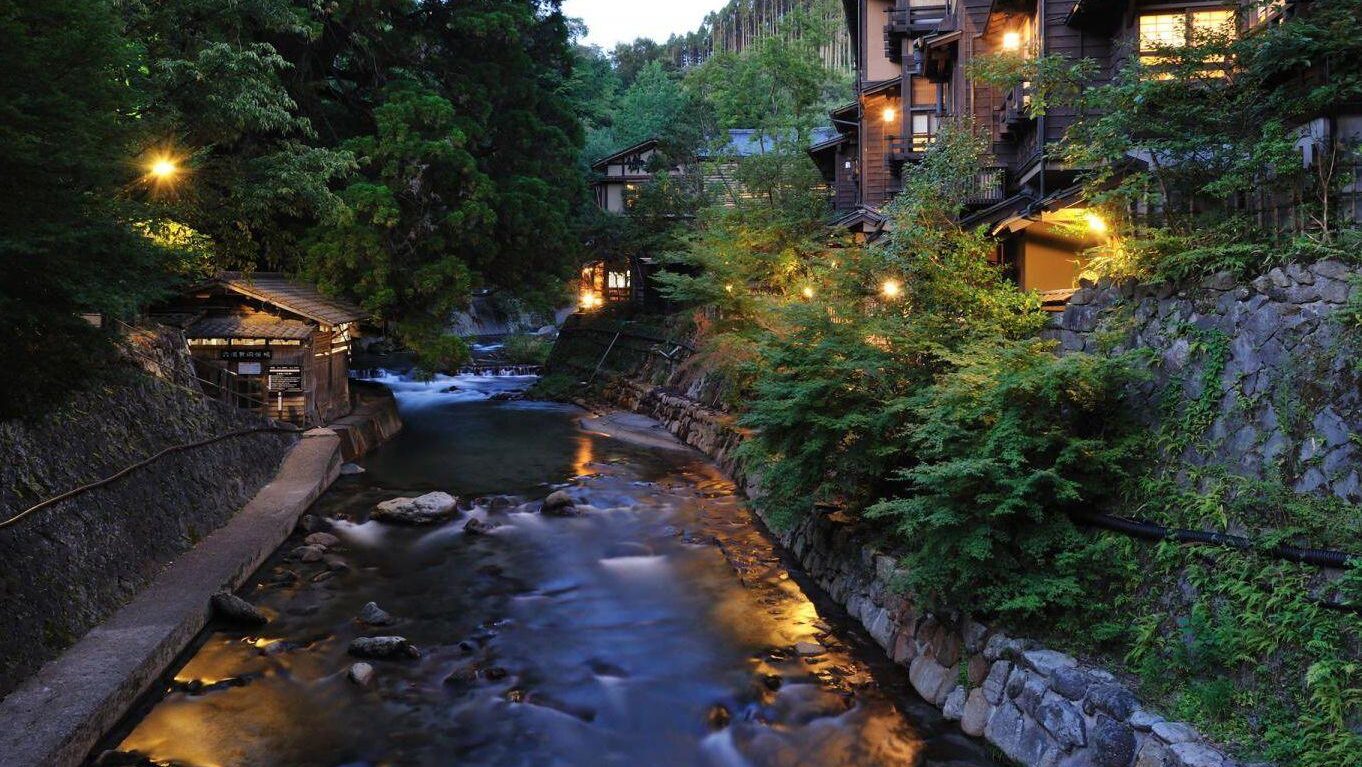
When is the best time to visit Kumamoto?
For pleasant weather and cherry blossom viewing, aim for late March to early April.
Temperatures in Spring are mild, and Kumamoto Castle is a prime location for hanami (flower viewing).
Summer (June-August) is hot and humid, suitable for exploring the Aso-Kuju National Park’s volcanic landscapes, though be prepared for occasional rainfall.
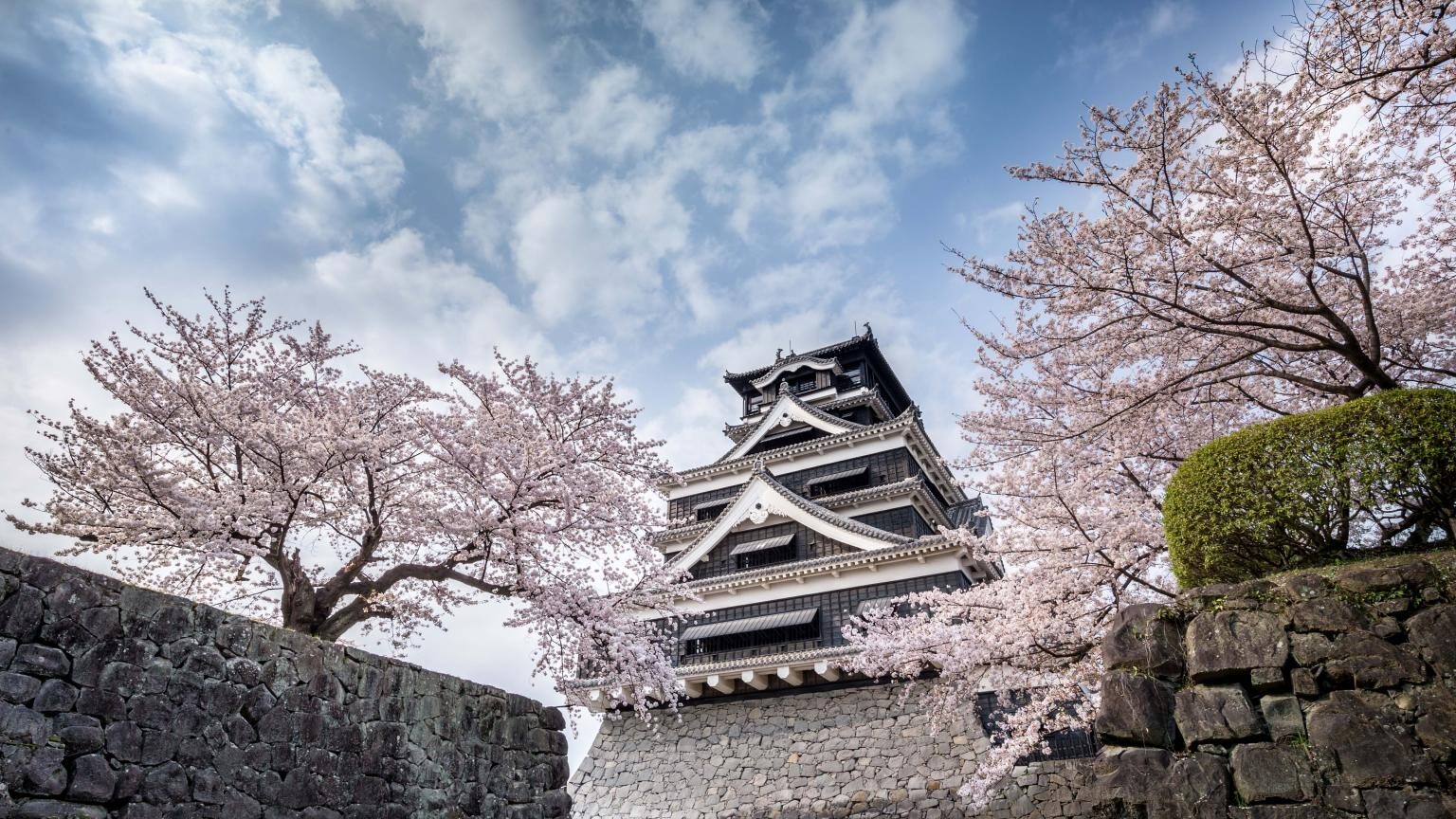
Autumn (September-November) offers comfortable temperatures and stunning fall foliage, particularly in the mountains.
Winter (December-February) can be chilly, especially in the mountainous regions, with occasional snowfall. This is a quieter time for sightseeing and ideal for enjoying onsen (hot springs), like those in Kurokawa Onsen.
The rainy season typically runs from early June to mid-July, and typhoon season is from August to October, which may impact travel plans.
All Events in Kumamoto
No events found.
Tours and Activities in Kumamoto
None found.
Where should I stay in Kumamoto?
Kumamoto City offers convenient access to the iconic Kumamoto Castle, Suizenji Jojuen Garden, and vibrant nightlife, making it a great base for first-time visitors.
For budget travelers, the HOTEL THE GATE KUMAMOTO is conveniently located near by JR Kumamoto Station. It offers comfortable dorm rooms and private rooms at affordable prices, alongside a friendly hostel atmosphere.
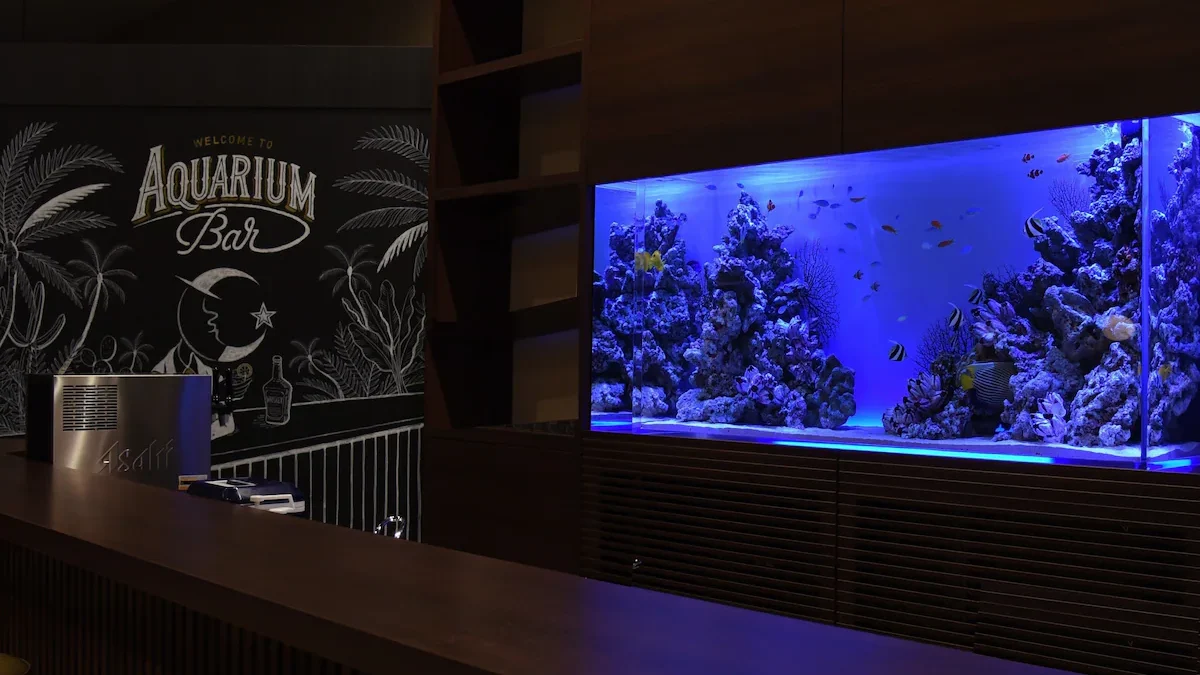

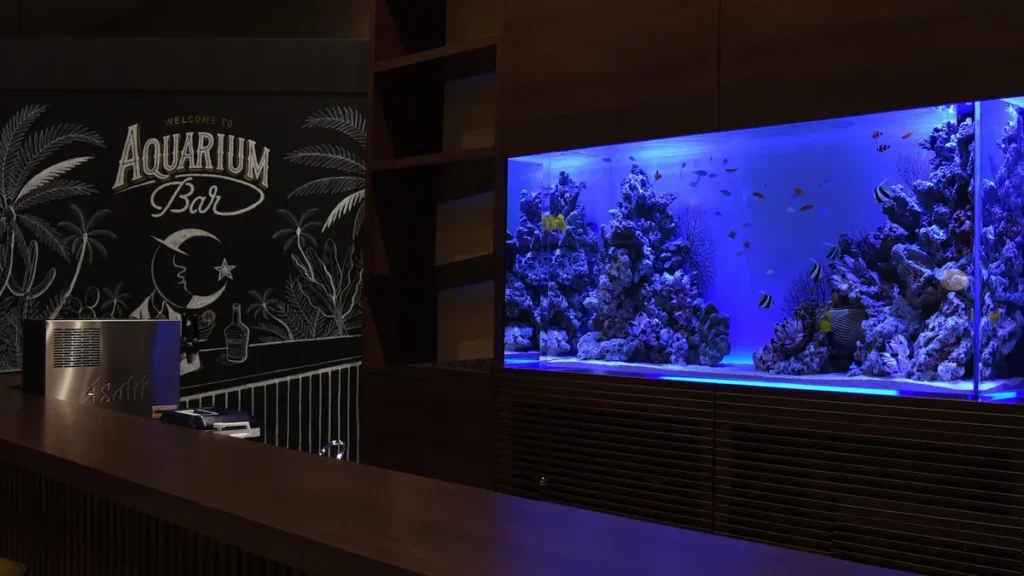

If you’re looking for a more luxurious experience, consider the THE BLOSSOM KUMAMOTO is right next to JR Kumamoto Station and boasts spacious rooms, impeccable service, and stunning city views.
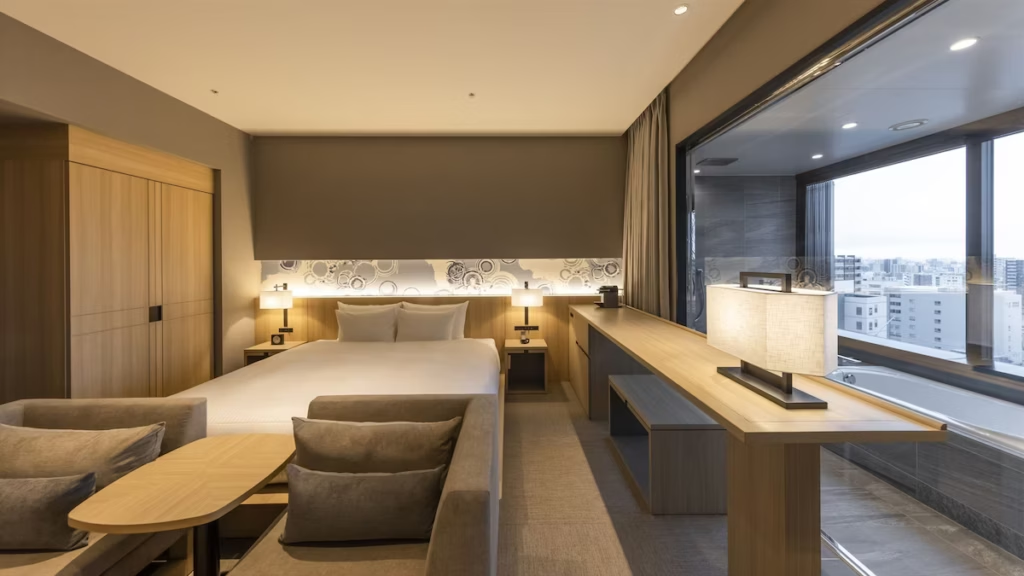
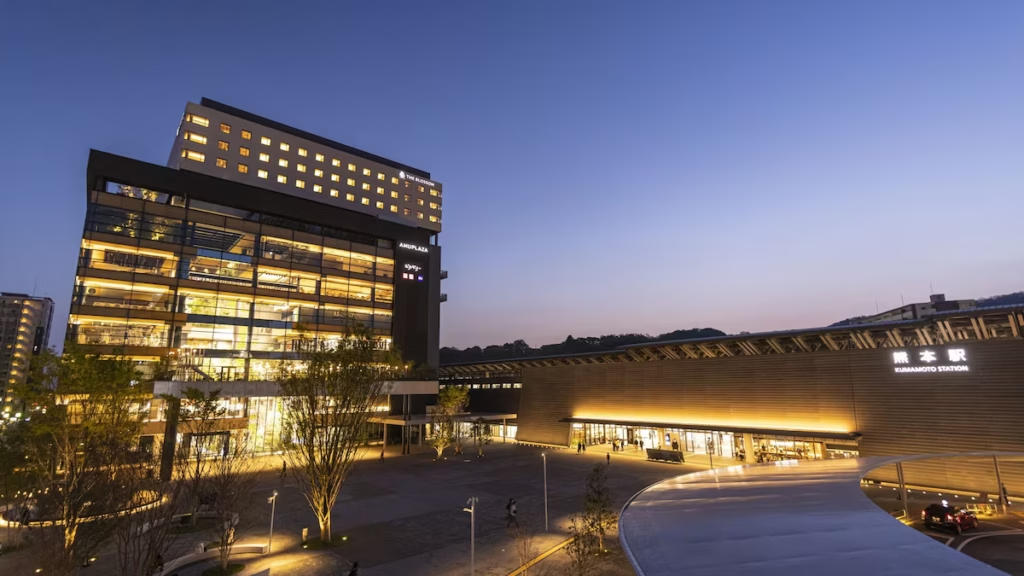


For those seeking natural beauty, the Aso Kuju National Park area offers breathtaking landscapes and opportunities for hiking and onsen experiences.
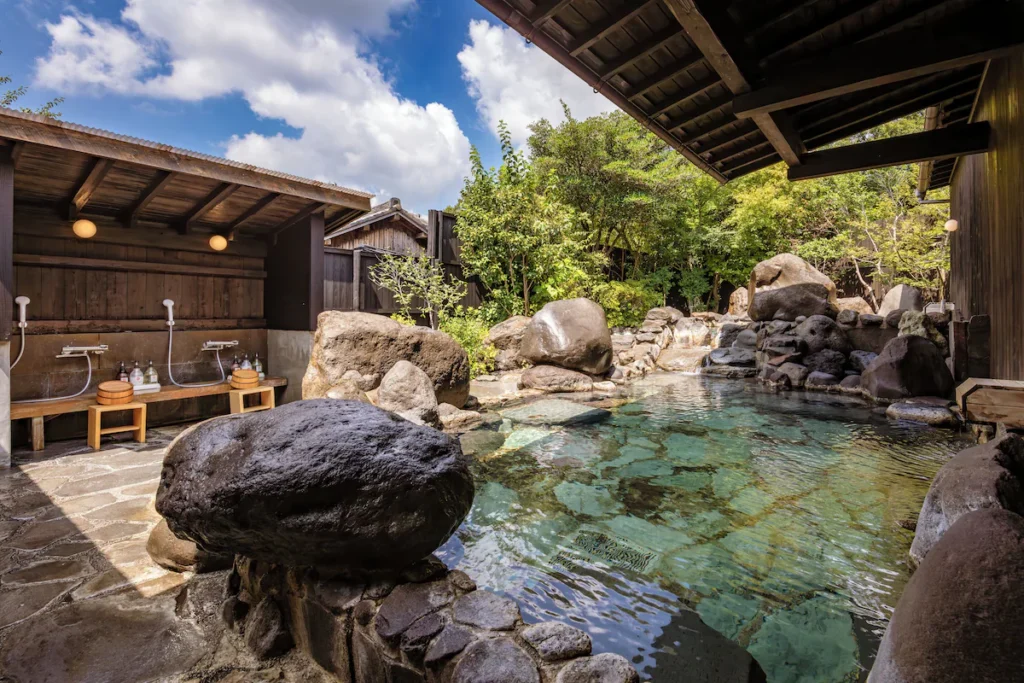
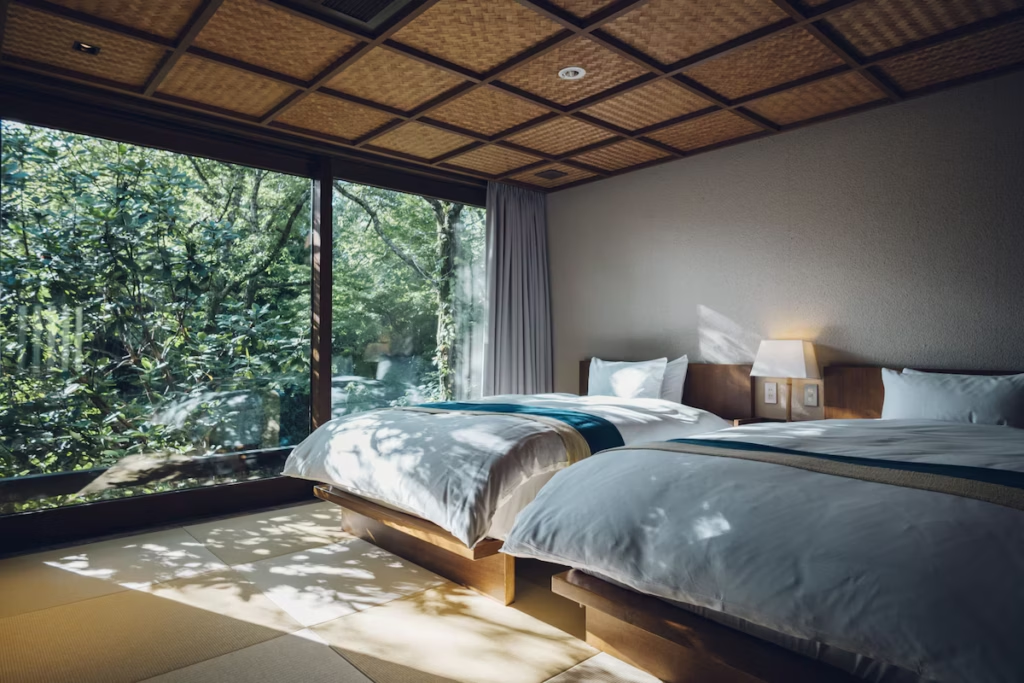


Kurokawa Onsen, a charming town with traditional ryokans, is a fantastic option to visitors seeking traditional Japanese experiences.
Budget-conscious travelers in Kurokawa Onsen can opt for Container House Villa Kurokawa which features quirky rooms made from shipping containers. Those seeking luxury can indulge in the exquisite Oyado Noshiyu, renowned for its private open-air baths and traditional decor.
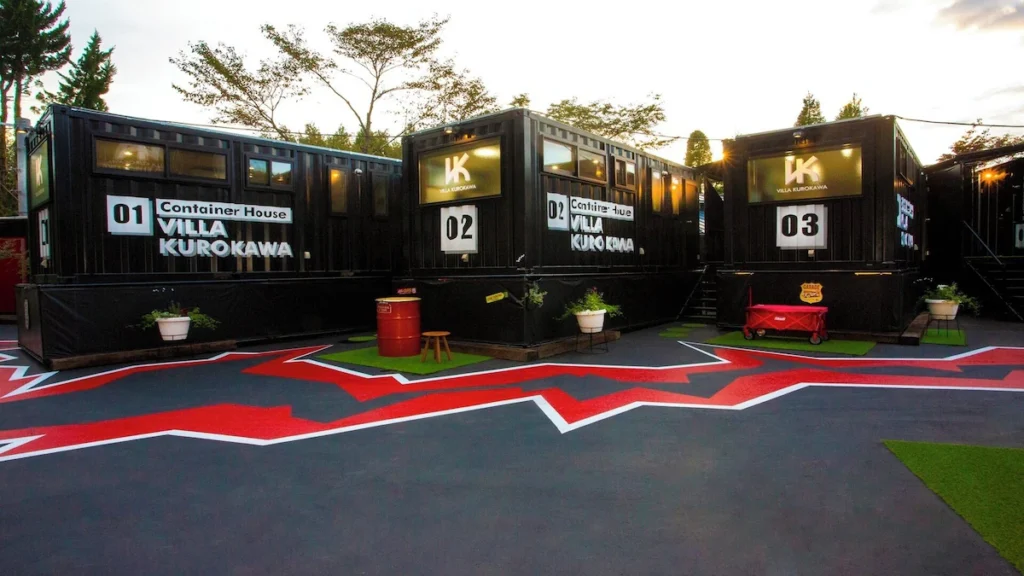
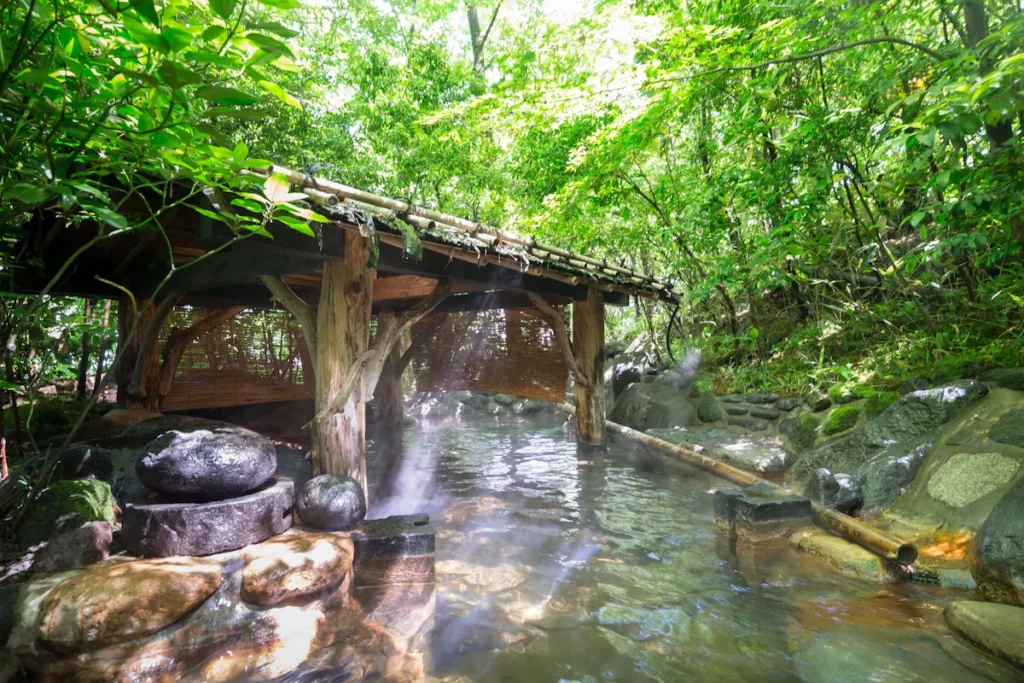


Ultimately, whether you prioritize city exploration or immersion in nature, Kumamoto Prefecture offers a diverse range of accommodations to suit all tastes and budgets.
How do I get to Kumamoto?
The most convenient methods to reach Kumamoto Prefecture are by flying or by train.
Aso Kumamoto Airport (KMJ) receives domestic flights from major Japanese cities like Tokyo, Osaka and Fukuoka.
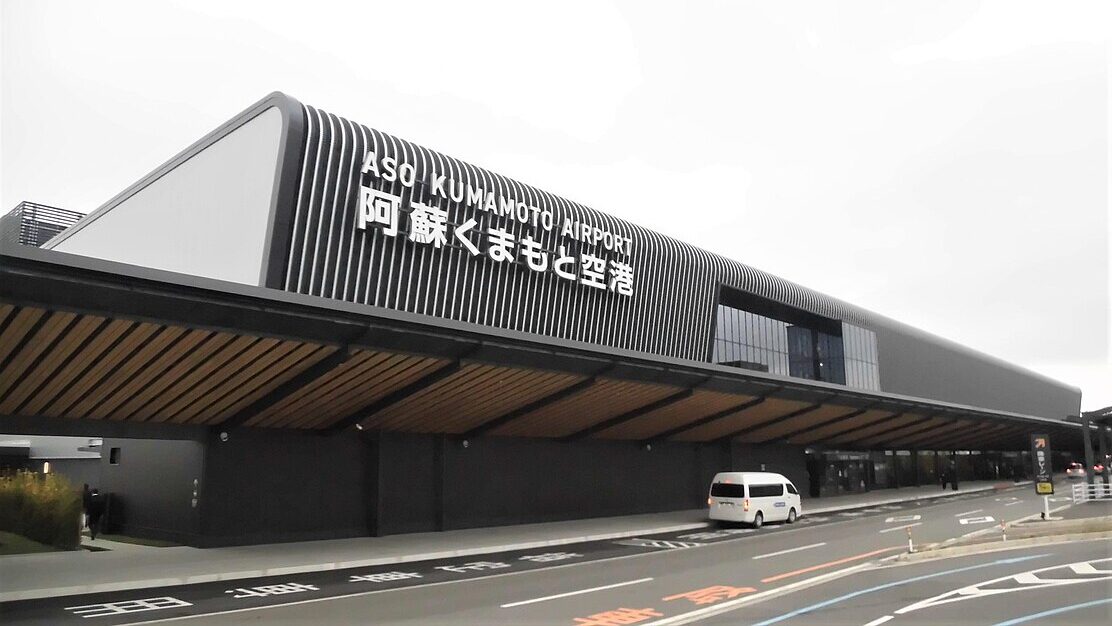
From the airport, buses and taxis connect to Kumamoto City and other areas within the prefecture.
Alternatively, the Kyushu Shinkansen (bullet train) provides rapid access to Kumamoto Station from Hakata Station in Fukuoka and other points on Kyushu and Honshu.
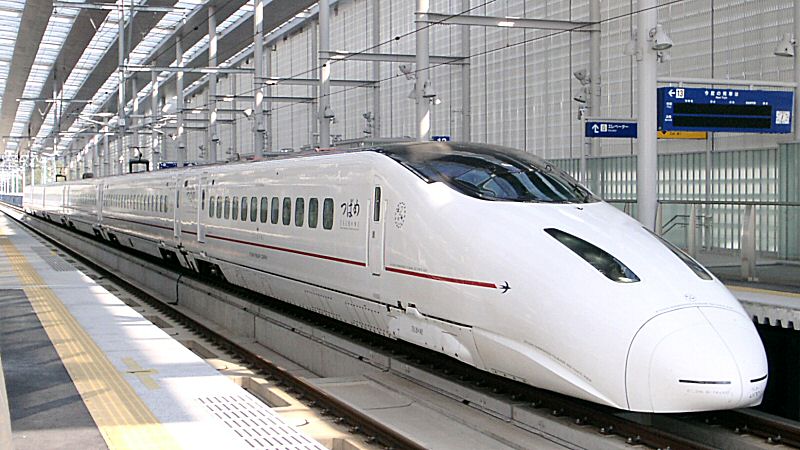
Highway buses offer a more budget-friendly option, with routes connecting Kumamoto to major cities throughout Kyushu and beyond.
Within Kumamoto Prefecture, local bus networks and tram lines operate within Kumamoto City and connect to surrounding towns and villages.
For exploring more remote areas, renting a car is advisable.
Kyusho Ferry and Kumamoto Ferry (Ocean Arrow) services connect Kumamoto to Shimabara in Nagasaki Prefecture.
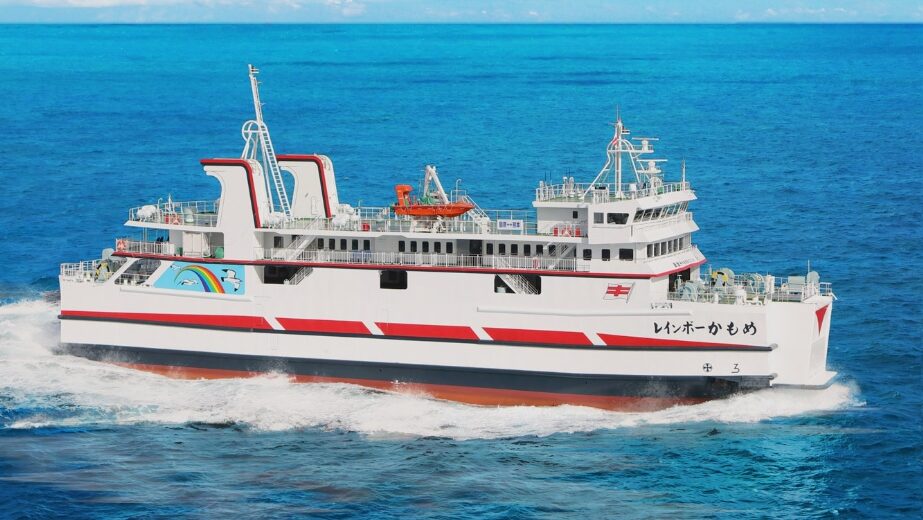
There are multiple sailings each day and it takes between 30 and 60 minutes to cross the Ariake Sea depending on the ferry.
Be sure to check timetables and book any ferries in advance, especially during peak seasons.

This post may contain affiliate links, and Essential Japan may earn a commission if you purchase through them.
No tags for this post.